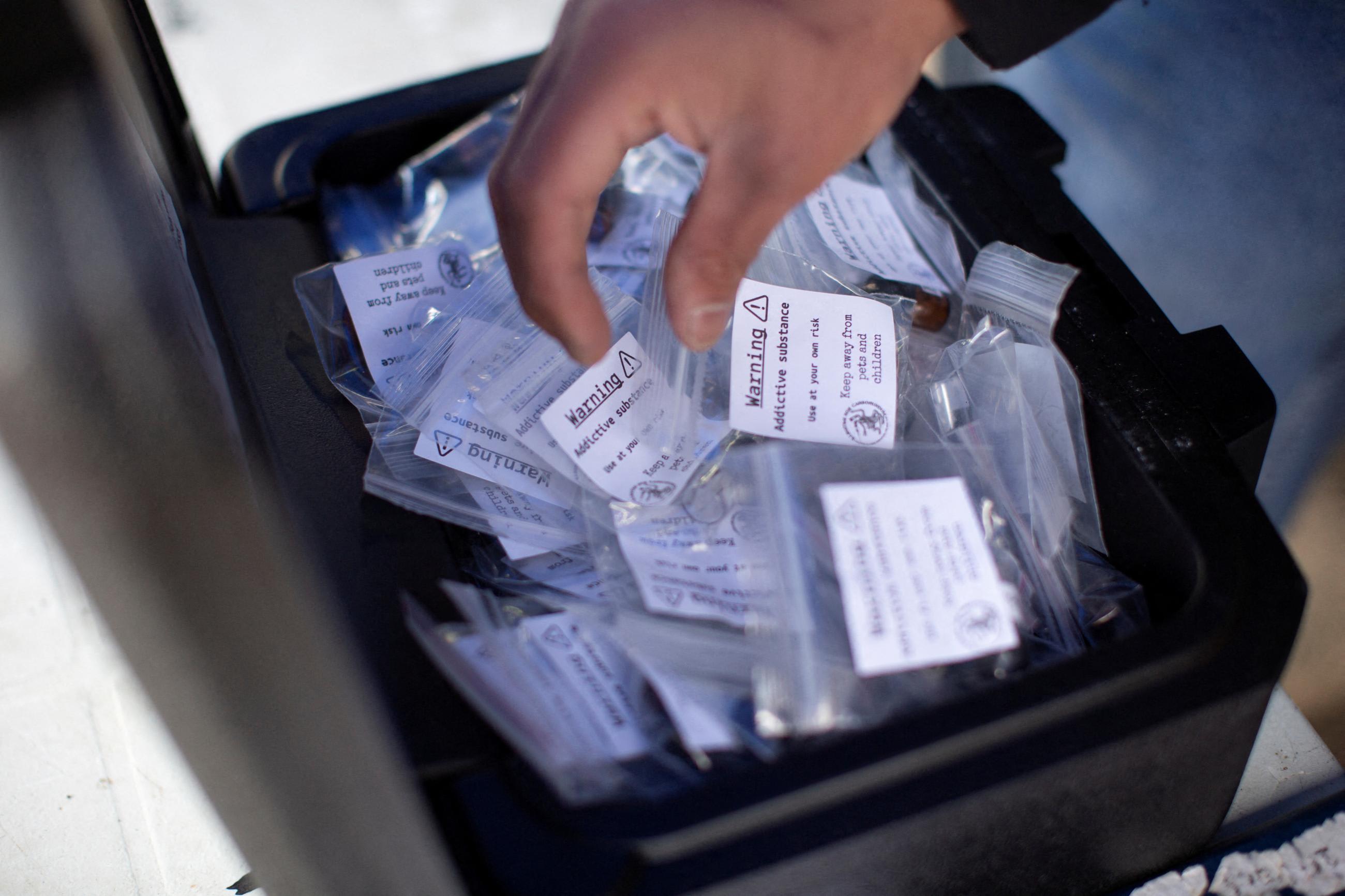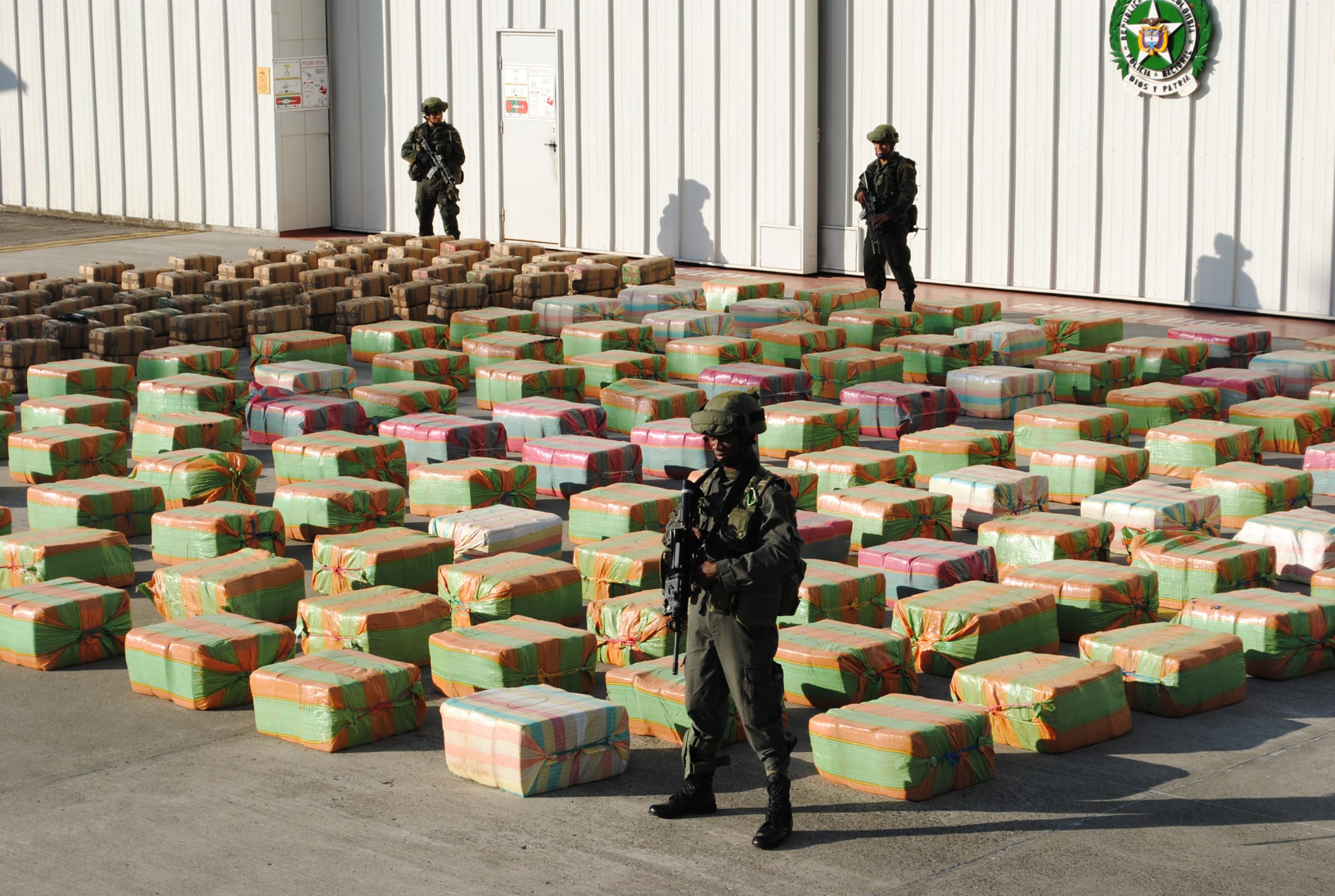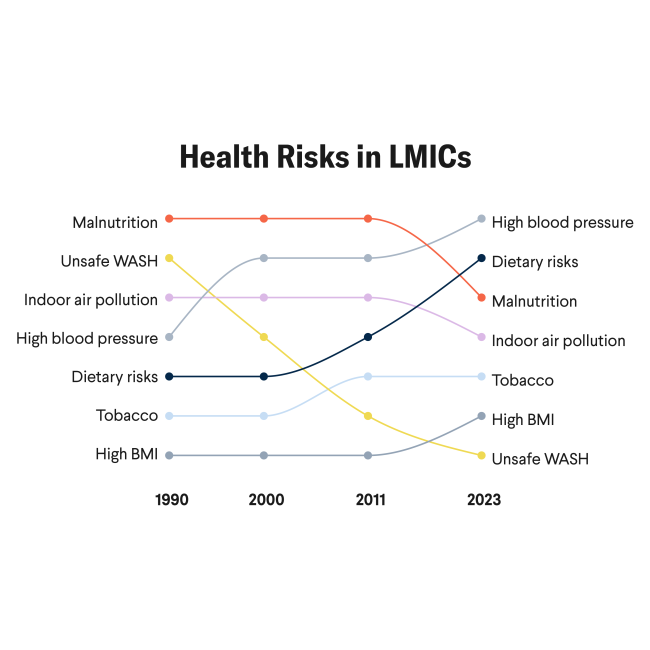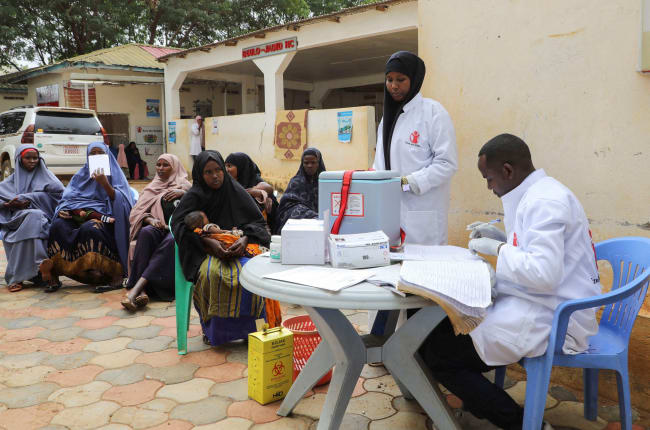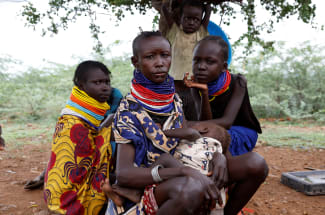For a generation, Peru and Colombia were at the front lines of the war on drugs. The two countries have long been the largest producers of cocaine in the world, and the United States conscripted their governments into failed attempts to stamp out local production. Still influenced by "just say no" campaigns of the 1980s and 1990s, many residents continue to view drug use as an immoral, illegal activity.
Some organizations and leaders, though, want to shift this paradigm in the region, turning reducing harm into creating environments where people who use drugs can do so more safely and promoting the possibility that their use is a reasonable, personal choice.
Those organizations include Colombia's Echele Cabeza, a project of Acción Técnica y Social, and Peru's Projecto Soma, which set up drug-testing stations at sites known for recreational drug use—including parties, raves, and music festivals—and promote a citizen's right to use drugs safely through information campaigns and openly talking about drug use.
A decade ago, "the focus was only on prevention and overcoming consumption," said Julian Quinteros, founder of Echele Cabeza. The group operates on the understanding that "regulation is necessary" but people who use drugs should be treated as "citizens, not as patients or criminals," he explained.
People who use drugs should be treated as "citizens, not as patients or criminals."
Julian Quinteros, Echele Cabeza
That's when Echele Cabeza began operating in Bogotá, one of the pioneering efforts in Latin America offering drug testing, running information campaigns to talk openly about consumption, and providing individual counseling for users. They focus on reaching youth ages seventeen to twenty-five. Later they trained the founders of Soma, who began operating their own drug testing service in 2022.
Contrary to a dominant paradigm that holds the United States and Europe as major consumers of drugs and the Global South as producers, people in both the Global North and South use drugs. Consumption is growing worldwide, according to the United Nations Office on Drugs and Crime, and 87 percent of those who use drugs will not develop addiction or substance use disorders.
In Colombia and Peru, the law allows people to possess a fixed amount of cocaine and marijuana for personal use. A person who exceeds the limit, however, could be detained preemptively and investigated for drug trafficking, with potential penalties of up to twelve years. Further, drug use is still frowned upon. For example, Peruvian news programs still commonly refer to drug users, especially those who are poor, as "low-life people" ("gente de mal vivir").
"The way in which prohibition operates here [in Colombia] is by using morality," said Vanessa Morris, cofounder of Echele Cabeza. "They don't understand that we're talking about new approaches," she added.
The information generated by Echele Cabeza informs the early warning system of the Drug Observatory of Colombia's Ministry of Justice. This system seeks to identify contaminated or dangerous psychoactive substances and is linked to emergency services at hospitals. In 2022, Echele Cabeza partnered with the University of Caldas on a study that used chromatography to analyze tusi, a trendy drug inhaled by young people in Colombia, Peru, Chile, and Argentina, and found oxycodone in a quarter of the samples.
"Many people use tusi without knowing what they are consuming," said Francesca Brivio of Proyecto Soma in Peru, in part because the drug has no standardized composition and may include ketamine, MDMA, caffeine, and phosphorescent dyes.
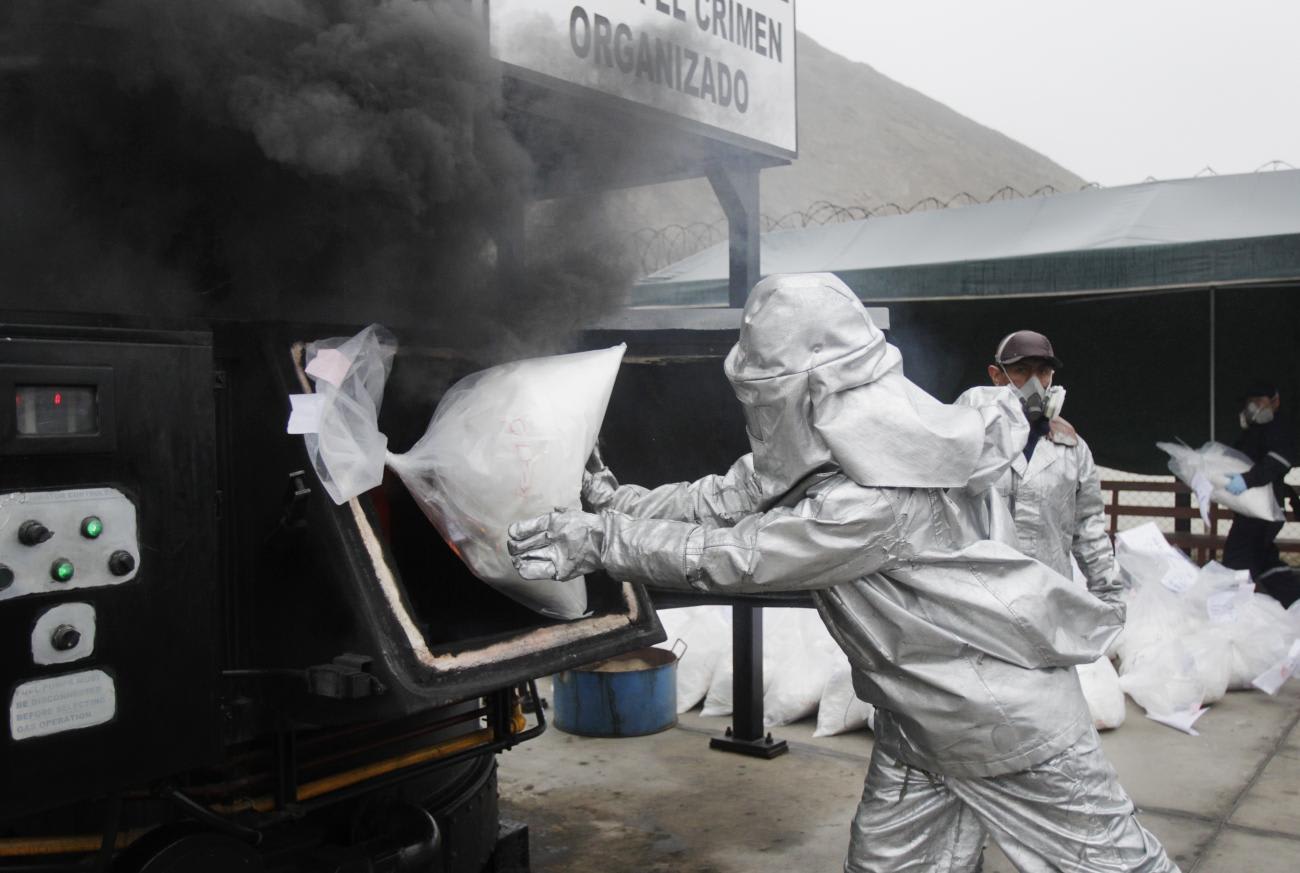
The group's message can be controversial. Last year after a former Peruvian congressman and minister turned television presenter Rafael Rey saw one of Soma's posters in a hotel bathroom in Lima, he condemned it on air. The poster's message was to "take care of yourself" and "regulate your consumption" by knowing the dosage of drugs you take and combinations to avoid but he described it as "a guide on how to become a drug addict . . . and kill yourself."
Raul Lescano, founder of Soma, said that points of view like the one of the former congressmen are "about controlling the body, pleasure, or health," of citizens. Activities like drug testing or advising people for responsible use of drugs "imply breaking all these myths," he added.
Instead of cowering, Soma confronted the politician and further promoted the project. The group's defiance and opposition to the TV host's attack generated Soma one of their highest-ever engagements on social media.
"The discussion around the drug issue in the region continues to be linked to crime and the moral condemnation of use," said Diego García-Devis, team manager for Drug Policy in Latin America of the Open Society Foundation, which provides funding to Echele Cabeza and Soma. These projects allow "positioning a conversation [about drugs] in the public debate from an evidence-based perspective."
The specialist pointed out that drug use in countries like Colombia or Peru differs from northern countries, in that the prevalence of use is lower but the response capacity of the state is more limited.
The Peruvian Ministry of Health does very little work in the area of prevention and treatment of substance disorders, according to Marina Piazza, a psychologist, and epidemiologist at Universidad Peruana Cayetano Heredia. She was skeptical, though, about harm-reduction activities. "Personally, I am not interested in protecting recreational consumption," she said, adding that it might be acceptable "in societies with fewer problems, where the exercise of individual freedom is played out in another context."
Public health programs "continue to focus on avoiding drug use or forcing users to stop—there is no middle ground"
Morris, Echele Cabeza
The ideological dispute seems to be between those who defend responsible use and those who appeal to abstinence-based approaches.
Public health programs "continue to focus on avoiding drug use or forcing users to stop—there is no middle ground," said Morris from Echele Cabeza.
Francesca Brivio, from Soma sees it as matter of safety for people who continue to use drugs. "If you are going to do it, do it in the safest and most informed way," she said.
Groups like Soma or Echele Cabeza, battling the traditional views on drugs, see their intervention as critical to find lasting solutions in Latin America. A recent report from Harm Reduction International, a UK nonprofit group, captures their mission:
Rather than an approach that focuses on the implementation of health and social interventions, the harm reduction movement in Latin America characterizes itself as a human rights-based, political and humanitarian approach to the social vulnerability of people who use drugs.
"It has become a focus on rights and social mobilization," said Quinteros.
